Local Study
The importance of local history for developing a sense of place and identity is emphasised by the National Curriculum. The local landscape and buildings can often reveal a great deal about the use of land and the type of people who lived there in the past. Buildings and landscape can reveal how long a heritage the place has had. Monuments and local heritage or parish records can highlight individual local heroes or provide a window into the lives of ordinary local people in times gone by. How similar or different were their lives? Often, the local picture can also help to reveal the national or international picture.
Sort by:
Date (Newest first) | Title A-Z
Show:
All |
Articles |
Podcasts |
Multipage Articles
-

Using oral history in the classroom
Multipage ArticleClick to view -
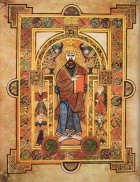
Using original sources
ArticleClick to view -
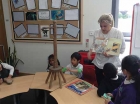
Using role-play to develop young children’s understanding of the past
ArticleClick to view -

Using some more unusual sources in the primary classroom
ArticleClick to view -
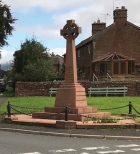
Using the back cover image: Lest We Forget
ArticleClick to view -

Using the back cover image: Sandbach Crosses - an Anglo-Saxon market cross
ArticleClick to view -

Using the back cover image: Westonzoyland War Memorial
ArticleClick to view -

Using trade directories: reconstructing life 100 years ago
ArticleClick to view -

Victorians
ArticleClick to view -
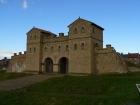
Visits and Museums
ArticleClick to view -

War memorials as a local history resource
ArticleClick to view -

What can you do with an old postcard?
ArticleClick to view -

What confuses primary children in history...
ArticleClick to view -

What makes good local history?
ArticleClick to view -

What was it like to live here in the past? Resourcing the local study
ArticleClick to view -

What your local Archive Service can offer to schools
ArticleClick to view -

What’s in a road? Local history at Early Years and Key Stage 1
ArticleClick to view -
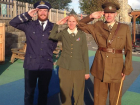
World War II: breathing life into a local history enquiry
ArticleClick to view -

Year 7 explore the story of a London street
ArticleClick to view -

Your Local Railway: a local history investigation in Key Stage 2
ArticleClick to view

